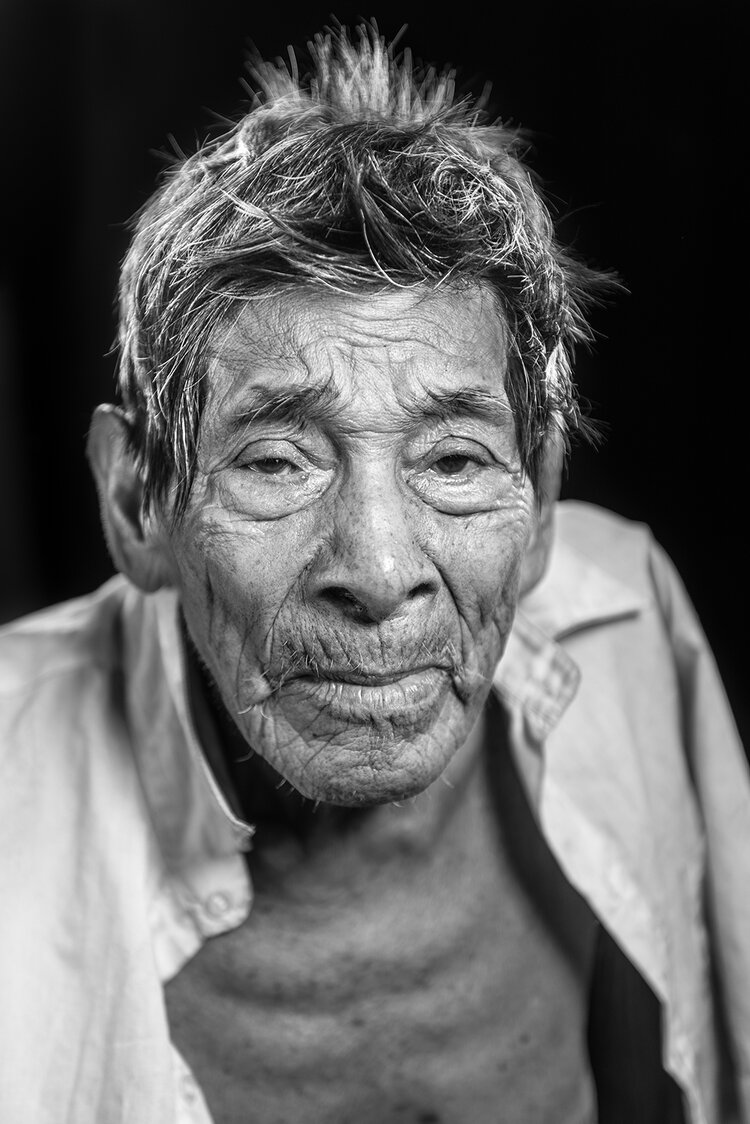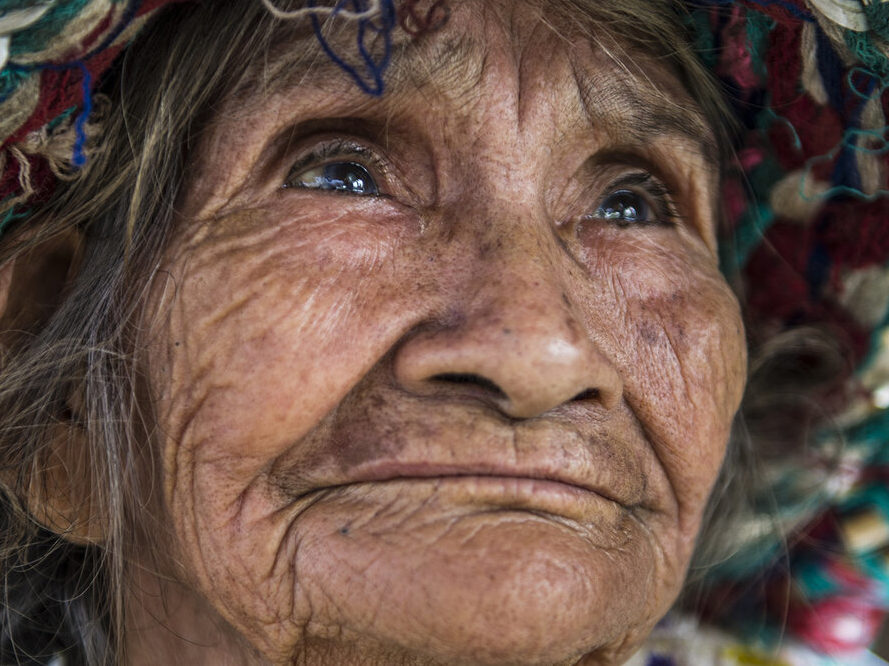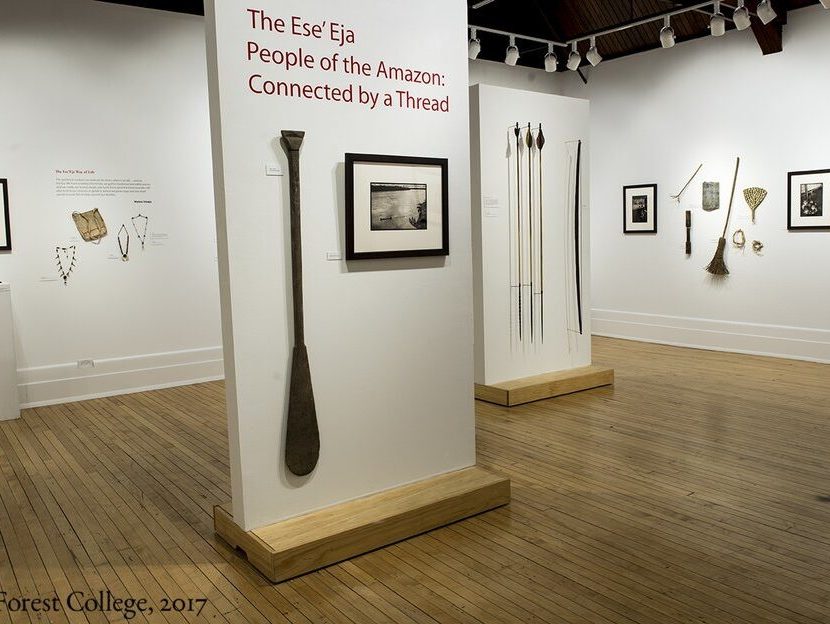About | Quick Facts | Our Approach | Impact | How You Can Help
“We are the ancient owners of this land because we were the first to descend from the sky on a thread of cotton. Without the forest, there is no life… and no Ese’Eja. – Mateo, Ese’Eja Elder

For thousands of years, the Ese’Eja people called the Amazon Rainforest home. Their traditional methods of hunting, gathering, and sustainable living made them a part of the Amazon’s ecosystem, protecting the rainforest’s biodiversity within their ancestral lands. They lived for generations as stewards of approximately 25 hectares (61.8 acres) of diverse and fertile land.
Today, their cultural identity and land access is rapidly diminishing. The Peruvian government does not recognize indigenous people’s customary land ownership. The Ese’Eja can only access about 3% of their ancestral land. The nation has shrunk to 600 people.
The Ese’Eja face extraordinary challenges in preserving their culture and legacy against the loss of land, mining and deforestation practices, the lure of city jobs, and an aging population of elders who keep the native customs.
In forging connections with the Ese’Eja people, ACEER hopes to build mutually beneficial opportunities for preserving the nation’s land and knowledge of the Amazon. We work to create pathways for conservation, education, and meeting the realities of a modern world on their terms.
Quick Facts
About | Quick Facts | Our Approach | Impact | How You Can Help
The Amazon plays a vital role in the world’s ecosystem. For generations, the Ese’Eja people have been protecting their lands by living sustainably. They expanded into ecotourism, sharing their knowledge and rainforest access with people from around the world. They want to preserve their customs and culture, but they face escalating obstacles from a government that condones environmentally devastating methods of agriculture, mining, and transportation.
ACEER works to empower the Ese’Eja nation to preserve their lands, live by their own customs, share their knowledge of the rainforest’s ecosystem, and adapt to 21st century realities in a culturally-relevant way. We focus on the Ese’Eja because of the relationships we have been able to build, and because we know the impact working with indigenous tribes can have on conservation:
- Indigenous territories contain over 80% of the world’s biodiversity [Source: World Bank]
- Giving indigenous groups rights to their ancestral lands reduces the clearing of their forests by more than three-quarters, and forest disturbance decreases by roughly two-thirds in just two years. [Source: Blackman et al 2017)
- Indigenous communities’ methods of small-scale farming have been shown to encourage biodiversity at a greater rate compared to commercial agriculture. [Source: Scherr and McNeely]
- Indigenous people have expertise in how to adapt, mitigate, and reduce climate and disaster risks [Source: World Bank]
Our Approach
About | Quick Facts | Our Approach | Impact | How You Can Help
ACEER collaborated with the National Geographic Society and the University of Delaware to connect a team of anthropologists, professors, students, and others with a passion for conservation to the Ese’ Eja people. Their objectives were the following:
Cultural Preservation
Using ACEER’s deep connections with the Ese’ Eja people, the team began documenting the tribe’s customs, beliefs, and methods of daily living. The culture mapping project empowers the indigenous nation to tell their story, encapsulating it for their future generations and to share with rest of the world.
ACEER assisted in publishing the Ese’Eja nation’s story in a photojournalistic book, Ancestral Lands of the Ese’Eja: The True People. ACEER also facilitated connections for the educational exhibition, The Ese’Eja People of the Amazon: Connected by a Thread, which travels across the U.S. Learn more about the exhibition.
“We have reached more than 2,500 children in the area with educational programming.
Education Programming
ACEER’s network of education connections has been put to work building a knowledge-share between the Ese’Eja nation and those outside the tribe. Through partnerships with organizations like One Tree, Leaf Pack, National Geographic, and others, we bring simple and affordable conservation technologies and educational resources into the region. We have reached more than 2,500 children in the area with educational programs. ACEER also uses initiatives started by the Ese’Eja, such as their ecotourism lodge, to plan for larger education programs that invite community leaders and educators to learn about conservation and the rainforest.
Plan de Vida:
The team continues to work with the Ese’Eja people to create a flexible, sustainable plan that empowers the tribe to navigate the realities of the 21st century on their own terms. It focuses on maintaining their indigenous perspective while enabling positive interactions and impact with their evolving world. ACEER facilitates connecting Ese’Eja elders with outside facilitators, and we help to raise awareness and support for the initiatives the Ese’Eja establish as a result.
Impact
About | Quick Facts | Our Approach | Impact | How You Can Help
We are at the beginning of the long-term impact this project will have, but already we are seeing positive results in raising awareness of the Ese’Eja peoples’ challenges and the need for conservation.
Since its grand opening at the Smithsonian’s National Museum of the American Indian, the Ancestral Lands of the Ese’Eja: The True People exhibit has traveled to 12 locations across the United States and has been welcomed at colleges, universities, museums, Longwood Gardens, and the Peruvian Embassy in Washington, D.C. Dozens of classes across the country have engaged in first-hand educational tours of the exhibition and have learned from the Ese’Eja’s wisdom. To date, the exhibit has been experienced by nearly one million people.
The exhibit, Ancestral Lands of the Ese’Eja: The True People book, and donations has raised over $30,000 for the Ese’Eja Community Development Fund managed by ACEER. This fund gets divided among the Ese’Eja villages in support of initiatives each village determines is necessary. In 2020, $10,000 was released by the Fund to secure food, medicine, and personal protection equipment for the Ese’Eja as they battled the COVID-19 pandemic.
Educational resources brought into the region where the Ese’Eja live have varied widely, but each tool focuses on empowering people for conservation. For example, collapsible and environmentally friendly microscopes have been distributed to help local people identify the health of their waterways. More than 2,500 children have been reached with educational programs.
How You Can Help
About | Quick Facts | Our Approach | Impact | How You Can Help

Learn more about the Ese’Eja by purchasing the book, Ancestral Lands of the Ese’Eja: The True People.
Proceeds from book sales will provide funds that the Ese’Eja can use in support of community projects.

Share what you learn about their traditions and the importance of conservation by raising awareness on your social media pages, tagging @ACEER to be a part of the conversation.

Donate directly to the Ese’Eja Community Development Fund overseen by ACEER.
Donations will provide funds that the Ese’Eja can use in support of community projects.

Visit and support The Ese’Eja People of the Amazon: Connected by a Thread Exhibition which is touring the United States. This exhibition tells their story in the hope of influencing public policy and empowering the Ese’Eja in determining their future.
